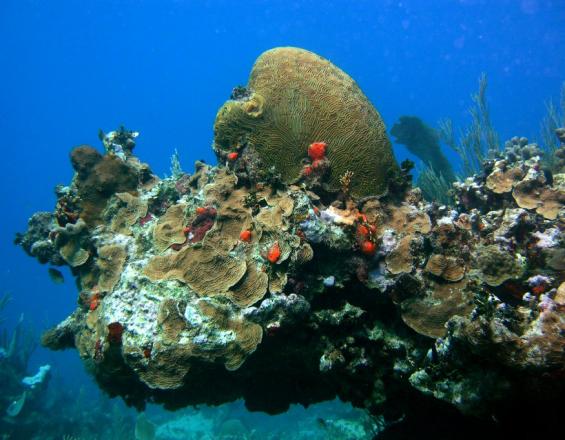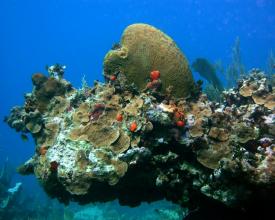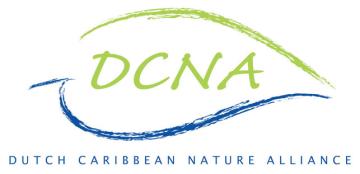
Coral Reef Valuation for MPA Management and Implementation

An ecosystem valuation analysis of St Maarten’s coral reefs quantifies the value of these ecosystems. The results were used to support the establishment of St Maarten’s first Marine Protected Area and to implement further management actions connected to the MPA. Moreover, the results were incorporated in climate change response strategies. The communication of the valuation’s outcome supports awareness rising among coastal communities and a growing understanding of the importance of coral reefs.
Context
Challenges addressed
The coral reefs of St. Maarten are facing degradation due to the explosion of the tourism sector, poorly managed coastal development as well as climate change impacts. The benefits and services these ecosystems provide as well as the importance of healthy reefs to the local economy are not being acknowledged.
Location
Process
Summary of the process
Building Blocks
Economic valuation study
By interviewing stakeholders who are depending on the ecosystem in question for their income (e.g. dive shop owners, fishers, tourists and other tourism industry) and the use of complementary data, a compelling picture of the importance of healthy marine ecosystems for the economy can be painted, e.g. through displaying the expected annual revenues in the different commercial sectors related to the coral reef. This valuation method is based on an approach developed by the United Nations Environmental Program (UNEP) and the World Resource Institute’s (WRI) Coastal Capital Project. Moreover, the use of questionnaires supports awareness building among the various stakeholders being interviewed and initiates a dialogue about the importance of conservation and sustainable management.
Enabling factors
- Identification and pre-analysis of the relevant stakeholder groups
- Personal interaction with different stakeholder groups while running questionnaires
- Well-considered communication about the survey’s purpose
- Knowledge of the best and most appropriate valuation tool
Lesson learned
- A personally performed interview is crucial to success and the receiving of data. A simple delivery of the questionnaires does not activate enough responding.
- The software used was adjusted by the St. Maarten Nature Foundation to reflect St. Maarten’s unique ecological and economic situation.
Integration of ecosystem valuation into management
The results of economic valuation studies make a great argument for the establishment of protected areas and the management of endangered ecosystems. Taking the results to the community, presenting them at community meetings, discussing them with fishers or other stakeholders can gain their support in the planned management. Especially when presenting the (economic) importance of healthy marine ecosystems to decision makers, this can be a powerful tool to reach and eventually influence political agendas to integrate and focus on marine conservation and the sustainable management of resources.
Enabling factors
- Management plan forms basis for management decision of MPA
- Transparent and result-driven communication to all stakeholders
Lesson learned
- Identifying ecologically important areas before incorporation
- Using data as a solid part of the Marine Park Management Plan
- Communication of results to stakeholders is a key to effective management
Impacts
Increased awareness on the value of the ecosystem. Improved management of marine protected area incl. e.g. the establishment of user fees and restoration costs, the construction of a mooring system to prevent anchoring damages or coral nurseries. Increasing fish populations and increased catch.
Beneficiaries
Fishers, dive sector, coastal communities as well as hotel sector & government officials.

